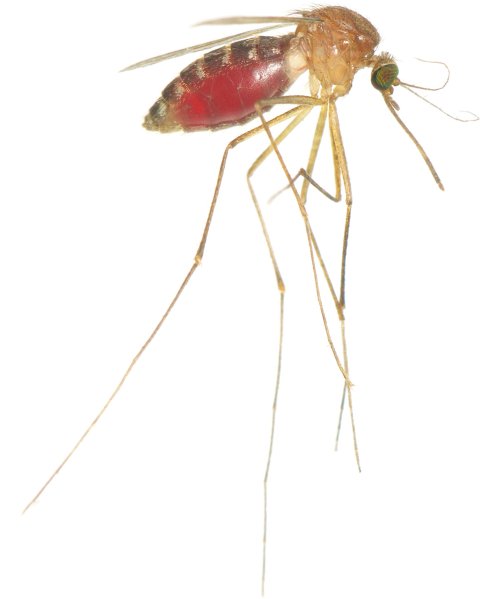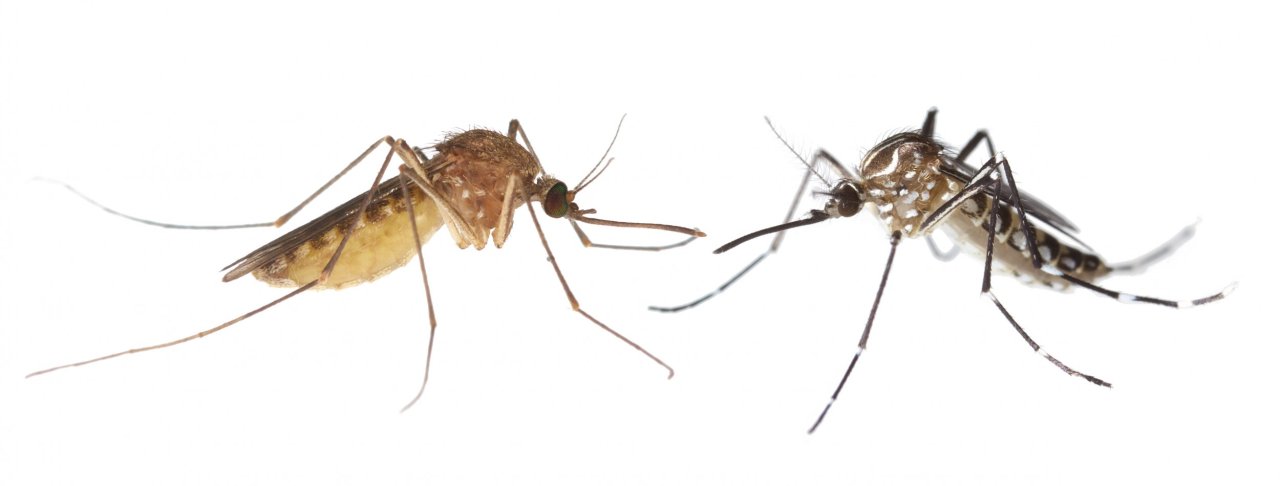Laboratory tests show that a cold-tolerant mosquito known as Culex quinquefasciatus can be infected with Zika virus in the laboratory. If confirmed in the field, it would be a troubling development, suggesting the virus would be more difficult to control, and might be able to spread far north of Florida and the Caribbean.
Culex mosquitoes are not currently targeted for control; the fight against Zika has focused on eradicating Aedes aegypti, an invasive mosquito found throughout tropical and subtropical regions worldwide and which is primarily blamed for the virus's outbreak in Brazil and its spread through parts of south Florida.
At the International Congress of Entomology in late September in Orlando, Constância Ayres from Brazil's Oswaldo Cruz Foundation showed that Culex mosquitoes fed Zika-infected blood could pass on the virus in their saliva. Tong-Yan Zhao, from China's State Key Lab of Pathogens and Biosecurity, also reported at the conference that Zika-carrying Culex mosquitoes can transmit the virus to mice.
And a third piece of the puzzle came from Ayres and a researcher from Canada's Brock University, Fiona Hunter, who respectively said they'd found wild populations of Culex in Brazil and the Dominican Republic carrying the Zika virus.
If Culex quinquefasciatus is proven to spread Zika, it would a huge deal, says Adriana Costero-Saint Denis, a vector biology program officer at the National Institute of Allergy and Infectious Diseases. The insect is 20 times more abundant in many parts of Brazil than A. aegypti and more prevalent near homes, Ayres says. It's also native to much of the United States where it's known as the house mosquito; it and its close relatives are found throughout the world.
However, several labs have found contradictory results. One paper published October 1 in the journal Vector-Borne and Zoonotic Diseases found that Culex quinquefasciatus mosquitoes collected from south Florida did not show signs of infection after being exposed to a strain of Zika found in the United States. And in a study published in September in the journal PLOS Tropical Diseases, researchers using mosquitoes collected in Rio de Janeiro failed to infect Culex with the virus.
A third paper, published in Eurosurveillance, found that two species of Culex—C. pipiens and C. quinquefasciatus—collected from Tanzania and California could not carry the pathogen.
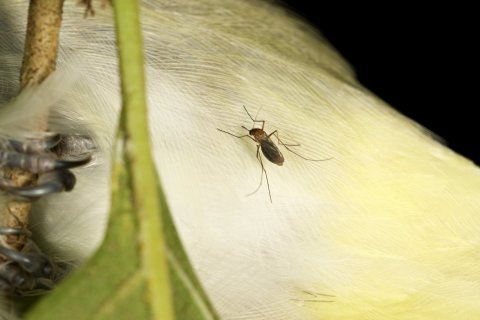
So what's going on? Stephen Higgs, a co-author of the Vector-Borne and Zoonotic Diseases study and a researcher at Kansas State University, says he cannot explain why different researchers are finding contradictory results. He speculated that it could be due to differences between the populations of mosquitoes used, or the strains of the virus, or different lab techniques.
Although Higgs's group came up with contrasting data, he says the findings presented at the meeting can't be overlooked. It "would be irresponsible to ignore that Culex may be involved" in the spread of Zika, he says, adding that more research is urgently needed.
Benjamin Hayes, a spokesperson for the Centers for Disease Control and Prevention, says that while the results from the meeting are "intriguing, multiple other published studies...have indicated that Culex mosquitoes were not capable of transmitting Zika virus." For that reason, the CDC's guidelines for controlling Zika transmission, which focus in part on reducing populations of Aedes aegypti, haven't changed.
A paper published September 7 by Zhao and colleagues in the journal Emerging Microbes & Infections reported that 90 percent of Culex mosquitoes collected from China that fed on infected mice harbored the virus eight days later. And in a study led by Ayres, which has been submitted to a journal but hasn't yet been peer-reviewed, 100 percent of Culex mosquitoes exposed to blood with a high dose of Zika had the pathogen in their saliva a week later. When given blood with a low concentration of the virus, 10 percent of the insects tested positive three days later. These Culex mosquitoes were gathered from Recife, Brazil.
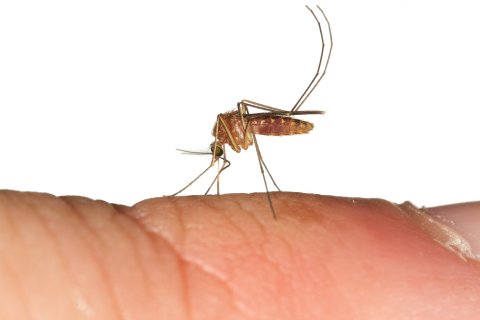
That's a worry, Ayres says, because "we don't have any vector control program for Culex, as it's not [considered] a very important mosquito."
Aedes aegypti is still a more potent Zika vector, scientists agree (though some research has, in fact, shown that the insect cannot transmit the virus, such as a 2015 paper in the journal BMC Infectious Diseases). As far as behavior goes, Aedes is more insidious, often biting multiple people per day and laying eggs in tiny patches of water in cities and urban areas, allowing it to spread Zika as well as dengue, chikungunya and yellow fever. Culex, on the other hand, tends to feed on one animal or person in a single sitting before laying its eggs, making it a potentially slower spreader of disease. It is also more apt to prey upon birds than humans, although Ayres has found it commonly feeds on people in Recife (where she's based) and other Brazilian cities.
Control measures for Aedes aegypti rely heavily upon spraying of pesticides, and several plans are underway to introduce genetically modified mosquitoes into the wild to thwart the insect. Culex quinquefasciatus cannot be solely controlled through these means because it lays its eggs in larger, polluted bodies of water like lakes and streams. Controlling it requires long-term investments in sanitation improvement, Ayres says. This is no easy task in countries like Brazil, however, where most citizens don't have good sanitation systems.
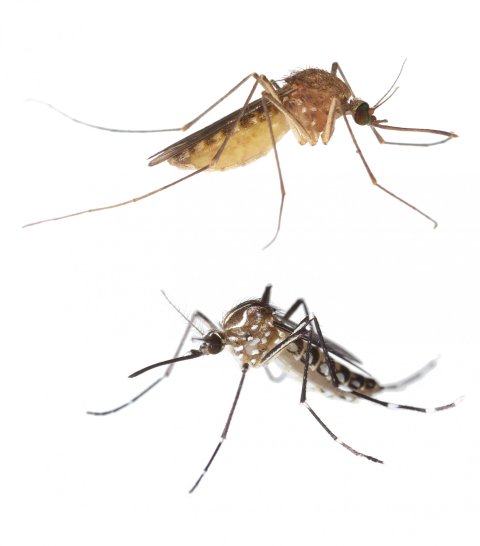
Hunter has shown that in terms of evolutionary origin, Zika belongs to the group of viruses that are generally spread by Culex. Thus, "we shouldn't pigeonhole Zika" as a solely Aedes-associated pathogen. "We really have to keep an open mind about Zika," Hunter says. The virus "may have a larger vector range" than previously thought, she says.
Walter Leal, a biochemist and entomologist with UC Davis who wasn't involved in the research, says the papers presented at the conference "strongly suggest, and I believe" that Culex quinquefasciatus is a Zika vector.
Roger Nasci, formerly of the CDC, and now the director of the North Shore Mosquito Abatement District outside Chicago, says it's possible Culex may help spread Zika when it's already highly prevalent in an area. But its transmission is primarily driven by Aedes aegypti, given its different behavior and tendency to bite multiple people, he argues. For that reason, trying to control Culex would "divert resources from the important efforts to control the primary vector."
Leal disagrees, saying that if any mosquito species spreads Zika, public health authorities should address it, even if it's not the primary vector. "If we focus only on Aedes, it could be a big mistake," he says.
